Real World War Two US M-2 airborne paratrooper d-bail (also sometimes called d-loop, c-loop, and d-bale) helmets are extremely hard to find. Many military collectors are unfortunately not able to add one of these rare helmets to their collection because of their scarcity. I have already posted an article about one of these helmets on this site and it can be found in the archives under the category of airborne helmets and liners.
Pictured in this post is the most recent acquisition. This helmet shell recently surfaced at an estate auction. There was no airborne liner in it when it was found by the picker at the auction, but I still consider myself very lucky to have been able to acquire it. The shell exhibits all of the traits that you want to see on an original M2 airborne paratrooper helmet shell. The bails are the exact correct size and are attached as they should be on an original. The chinstraps are made of the correct materials and the male snaps are the correct type of snaps. The dimples on the rim between the bails are present. The heat stamp falls within the correct range for these helmets. Something that I found especially interesting is that the heat stamp number on this helmet is only 2 away from the previous M2 airborne paratrooper helmet that I have written about on this site. This indicates that these helmets were most likely manufactured at about the same time.






















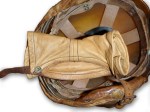






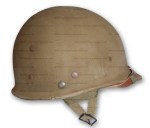
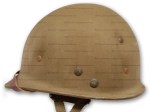

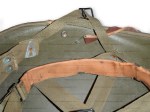



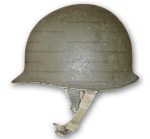











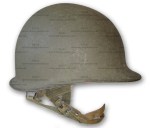


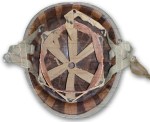






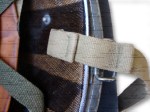
You must be logged in to post a comment.